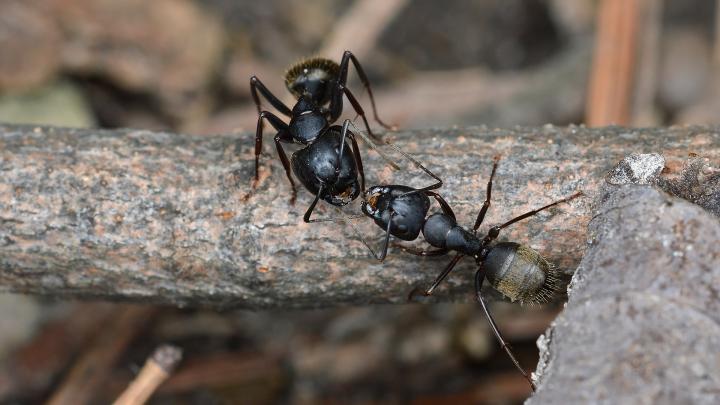
How to Get Rid of Ants in the House
ADVERTISEMENT
I use powdered sugar and boric acid. Mix two teaspoons each with hot water in a small container and place in their path. Change when you have a large amount of dead ants. Wipes out entire colonies in a short period of time. Use more water than powder and they will sink to the bottom.
It's a wondrous thing to watch ants. AND that they are tiny! Have you ever had one bite you? I have and it's the most surprisingly big OUCH. It's a GREAT thing that God didn't make these little guys (oops, did I just transgender the whole colony, soooo sorry Ant-kind ;),
bigger than they are. Amazing the punch they pack if they happen to bite you. And I am talking the little tiny black ants in your kitchen. Great article but I try not to even kill ants. And I do water outside alongside the windows and walk below so they have water, but that's me ;) God bless everybody! Love the Farmer's Almanac and use the "days that are good for" all the time!










Comments